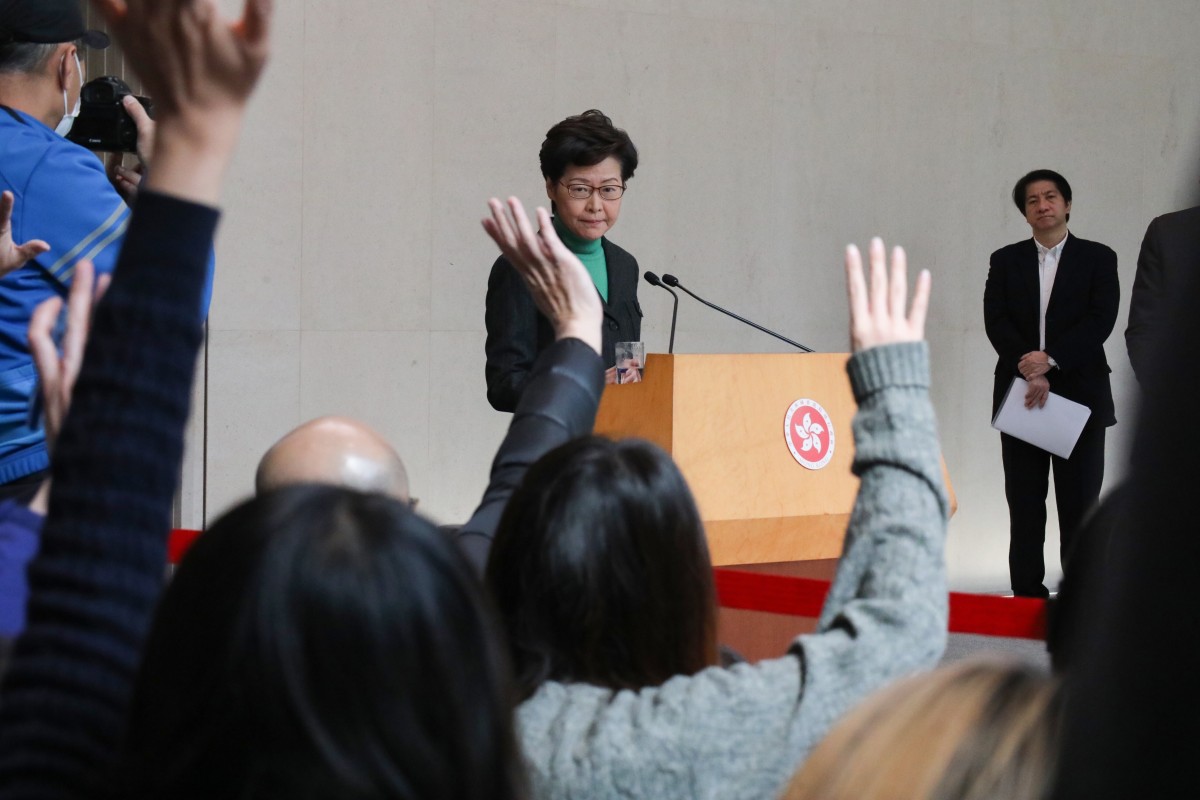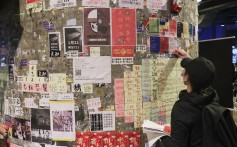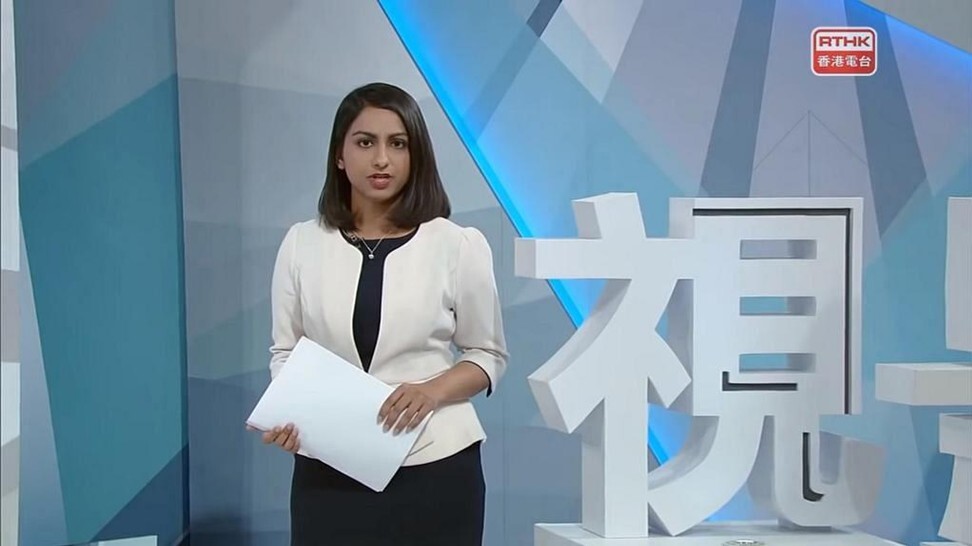International Day Of Non-Violence: Inspirational Quotes By Mahatma Gandhi
By Vaishnavi Vaidyanathan
10/02/20
Indian civil rights leader Mahatma Gandhi’s birth anniversary, which falls Oct. 2, is celebrated as the International Day of Non-Violence.
The global icon gave the world the philosophy of non-violence and believed people can achieve freedom only via this path. International Day of Non-Violence was established to "disseminate the message of non-violence, including through education and public awareness."
On this occasion, here are a few inspirational quotes by the leader of the Indian independence movement, courtesy Times Now News and Fearless Motivation –
"Non-violence is the greatest and most active force in the world. One cannot be passively non-violent... One person who can express ahimsa in life exercises a force superior to all the forces of brutality."
"Peace is its own reward."
"Non-violence is the summit of bravery."
"An eye for an eye only ends up making the whole world blind."
"The first principle of non-violent action is that of non-cooperation with everything humiliating."
"A weak man is just by accident. A strong, but non-violent man is unjust by accident."
"You must not lose faith in humanity. Humanity is an ocean; if a few drops of the ocean are dirty, the ocean does not become dirty."
"The difference between what we do and what we are capable of doing would suffice to solve most of the world’s problems."
"If intellect plays a large part in the field of violence, I hold that it plays a larger part in the field of non-violence."
"I object to violence because when it appears to do good, the good is only temporary; the evil it does is permanent."
"My faith, in the saying, that what is gained by the sword will also be lost by the sword, is imperishable."
"The greatness of a nation and its moral progress can be judged by the way its animals are treated."

This photo shows Indian spiritual and political leader Mahatma Gandhi whose fight against violence led to India's independence from British rule in 1947. Photo: Getty Images
JANUARY 30, 2019
There is a process of learning in the Gandhian act of self-suffering
Today is the 71st anniversary of Gandhi’s death. His assassination was a great shock. But, strangely, his death unified those in India who had lost faith in non-violent co-existence. As Nehru said, “the urgent need of the hour is for all of us to function as closely and co-operatively as possible.”
As a matter of fact, Gandhi’s death taught everyone about the worth of civic friendship and social solidarity. Gandhi himself was well aware of this, long before his return to India and his rise as the non-violent leader of the Indian independence movement. For example, in a letter to his nephew on January 29, 1909, he wrote, “I may have to meet death in South Africa at the hands of my countrymen... If that happens you should rejoice. It will unite the Hindus and Mussalmans... The enemies of the community are constantly making efforts against such a unity. In such a great endeavour, someone will have to sacrifice his life.”
It is interesting, how Gandhi, all through his life, talked about his death with a great deal of openness and with no sanctimony. It is as if for him the fundamental philosophical question — ‘should I live or die; to be or not to be’? — had already found its answer in the idea of self-sacrifice.
An intertwining
In the Gandhian philosophy of resistance, we can find the intertwining of non-violence and exemplary suffering. Perhaps, self-sacrifice is the closest we come to ethical dying, in the sense that it is a principled leave-taking from life; an abandonment of one’s petty preoccupations in order to see things more clearly. As such, there is a process of learning in the Gandhian act of self-suffering. For Socrates, to philosophise was to learn how to die. In the same way, for Gandhi, the practice of non-violence began with an act of self-sacrifice and the courage of dying for truth.
Socrates inspired Gandhi on the importance of self-sacrifice and the art of dying at a time when the latter was developing his idea of satyagraha in South Africa. Gandhi referred to Socrates as a “Soldier of Truth” (satyavir) who had the willingness to fight unto death for his cause. His portrayal of Socrates as a satyagrahi and a moral hero went hand in hand with the affirmation of the courage and audacity of a non-violent warrior in the face of life-threatening danger. Consequently, for Gandhi, there was a close link between the use of non-violence and the art of dying, in the same manner that cowardice was sharply related to the practice of violence.
Socratic aspects
Gandhi remained a Socratic dissenter all his life. Though not a philosopher, Gandhi admired moral and political philosophers, who, as a manner of Socrates, were ready to struggle for the truth. Like Socrates, Gandhi was neither a mystic nor a hermit. He was a practitioner of dissident citizenship. Gandhi considered Socrates’ civic action as a source of virtue and moral strength. He affirmed: “We pray to God, and want our readers also to pray, that they, and we too, may have the moral strength which enabled Socrates to follow virtue to the end and to embrace death as if it were his beloved. We advise everyone to turn his mind again and again to Socrates’ words and conduct.” Gandhi’s approach to death exemplified another Socratic aspect: courage. Gandhi believed that when fighting injustice, the actor must not only have the courage of his/her opinions but also be ready to give his/her life for the cause. As George Woodcock says, “the idea of perishing for a cause, for other men, for a village even, occurs more frequently in Gandhi’s writings as time goes on. He had always held that satyagraha implied the willingness to accept not only suffering but also death for the sake of a principle.”
Gandhi’s dedication to justice in the face of death was an example of his courageous attitude of mind as a Socratic gadfly. Further, one can find in Gandhi a readiness to raise the matter of dying as public policy. This is a state of mind which we can find as the background motto of Gandhi’s political and intellectual life. Indeed, for Gandhi, the art of dying was very often a public act and an act of publicising one’s will to be free.
There is something revealing in the parallel that Gandhi established between the struggle for freedom and the art of dying. In a speech at a meeting of the Congress in Bombay in August 1942, he invited his fellow freedom fighters to follow a new mantra: “Here is a mantra, a short one, that I give to you. You may imprint it on your hearts and let every breath of yours give expression to it. The mantra is ‘Do or Die.’ We shall either free India or die in the attempt; we shall not live to see the perpetuation of our slavery... He who loses his life will gain it, he who will seek to save it shall lose it. Freedom is not for the coward or the faint-hearted.”
Note here both the conviction in Gandhi that no other decision but dying was possible if the declaration of freedom was unachieved. Unsurprisingly, straightforward and honest. Which brings us back to January 30, 1948 when Mahatma Gandhi fell to the bullets of Nathuram Godse. One can understand this event as a variety of the Sophoclean saying: “Call no man happy until he is dead.” Like it or not, it seems that for Gandhi, to be human was to have the capacity, at each and every moment, to confront death as fulfillment of a Socratic life.
Ramin Jahanbegloo is Director, Mahatma Gandhi Centre for Peace, Jindal Global University, Sonipat
\
Gita V. Pai
Department of History
University of Wisconsin-La Crosse, USA
Abstract
In 1949, George Orwell published “Reflections on Gandhi,” in which he offers
a posthumous portrait of the Indian independence leader. My reading of the
essay is at odds with some contemporary views voiced in the village of
Motihari in Bihar, India, Orwell’s birthplace as well as the site of an historic
visit by Gandhi in 1917. In this small Bihari village, a 48-foot pillar was
erected in the 1970s to commemorate Gandhi, and more recently controversies
have erupted over local attempts to construct a memorial to the famous English
writer. Now some are working towards the 2017 completion of a Gandhi
memorial park in this village, to mark the centennial of Gandhi’s visit and the
beginnings of his civil disobedience movement. Local politicians claim that a
relatively insignificant Orwell merely represents British oppression and an
“enslaved India,” while Gandhi represents the liberation of the nation.
“Reflections” complicates these views, and more generally complicates
people’s understandings and memories of both historical figures, in South Asia
and around the globe.
George Orwell
and the
Cricket Morality
by
ColinJ. Morris, B.A. (Lampeter)
A Thesis
Submitted to the Faculty of Graduate Studies
in Partial Fulfillment of the Requirements
for the Degree of
MASTER OF ARTS
(English) ,
Not only does Orwell reject promiscuity in sexual relations
because it is against the natural order~ but he also rejects puritanism
on the same grounds. His essay, "Reflections on Gandhi" contains this
interesting passage:
The essence of being human is that one does not seek
perfection, that one is sometimes willing to commit
sins for the sake of loyalty, that one does not push
asceticism to the point where it makes friendly intercourse impossible • • • No doubt alcohol, tobacco and
so forth are things that a saint must avoid, but sainthood is a thing human beings must avoid
Gandhi and the Authority – An Examination in Anarchist Tradition
Dr. A. Raghu Kumar
avadhanamraghukumar@gmail.com
On 15 August 1947, when the crowds were swarming into New Delhi from all sides, and
Nehru was about to deliver one of the finest speeches on such a great dawn, reminding the
people of India of the culmination of ‘the tryst with destiny’ long years ago the people of India
had made, “The first uncertain sputtering of a candle had appeared in the windows of the house
on Beliaghata Road just after 2 a.m., an hour ahead of Gandhi’s usual rising time. The glorious
day when his people would savor at last their freedom should have been an apotheosis for
Gandhi, the culmination of a life of struggle, the final triumph of a movement which had stirred
the admiration of the world. It was anything but that. There was no joy in the heart of the man
in Hydari House. The victory for which Gandhi had sacrificed so much had the taste of ashes,
and his triumph was indelibly tainted by the prospects of a coming tragedy. … ‘I am groping,’
he had written to a friend the evening before. ‘Have I led the country astray?’1 How do we
understand this person who refuses to rejoice in his own offspring? What binds him or refuses to
bind him to any particular pleasure?
“All interpretations of India are ultimately autobiographical”, says Ashis Nandy.
2
In
understanding Gandhi, and his philosophy, his struggles within and without India, the trajectory
of his life, and the culmination of his nonviolence in the assassin’s bullet is not just
autobiographical or biographical of Gandhi; it has, in fact, become an inalienable part of Indian
history. There are several readings of Gandhi, at several layers, including a facet which explains
him as unconventional, atypical and always relating himself with an authority disobligingly.
From the first biography of Gandhi written by Joseph J. Doke, a Christian missionary in South
Africa in 1909, there are several incisive readings and roving inquiries into his life from various
angles and philosophical standpoints
Gandhi, the culmination of a life of struggle, the final triumph of a movement which ... George Woodcock13 considered 'anarchism' as a doctrine which poses a ... George Woodcock, Anarchism: A history of Libertarian Ideas and Movements, ...
The Gandhi Peace Foundation, 1990); Adi H. Doctor, Anarchist Ihmght in India, (Bombay: AsiaPublishingHouse, 1964) 36-54; George Woodcock, Anmchim, ...
2 George Woodcock, Civil Disobedience, (Toronto, 1966), where much of this historical ... bedience. By invoking the names of King and Gandhi, it is argued by.
Apr 26, 2020 - Collected Works of Mahatma Gandhi", Volumes I-. XC. ... morning and Lloyd George never saw her again. ... WOODCOCK, GEORGE, 1972.
Camus and Gandhi – Essays on Contemporary Political Philosophy in Hammarskjöld's Times 5. Preface ... George Woodcock and Peter Marshall, who prepared ...














